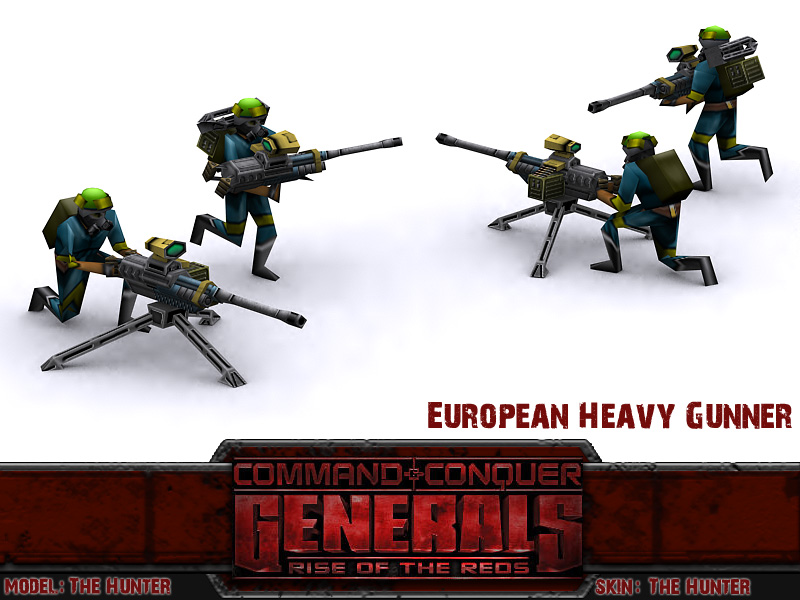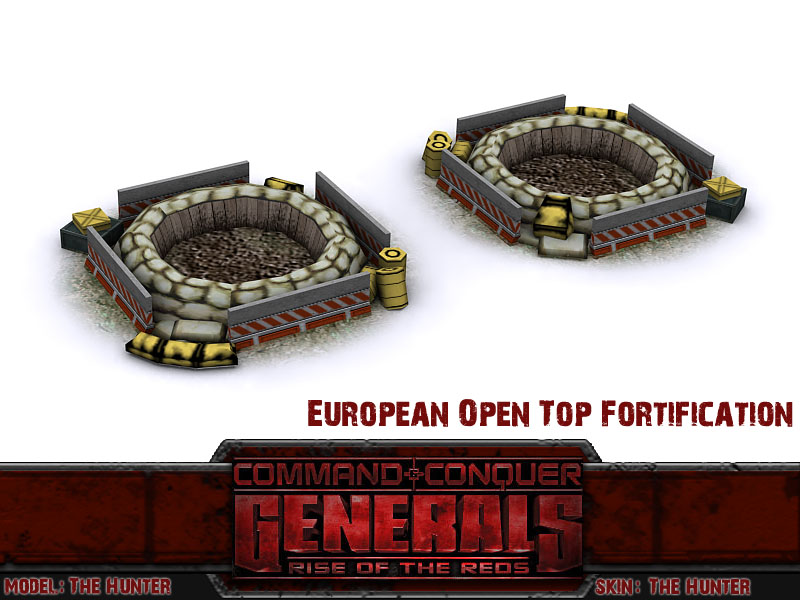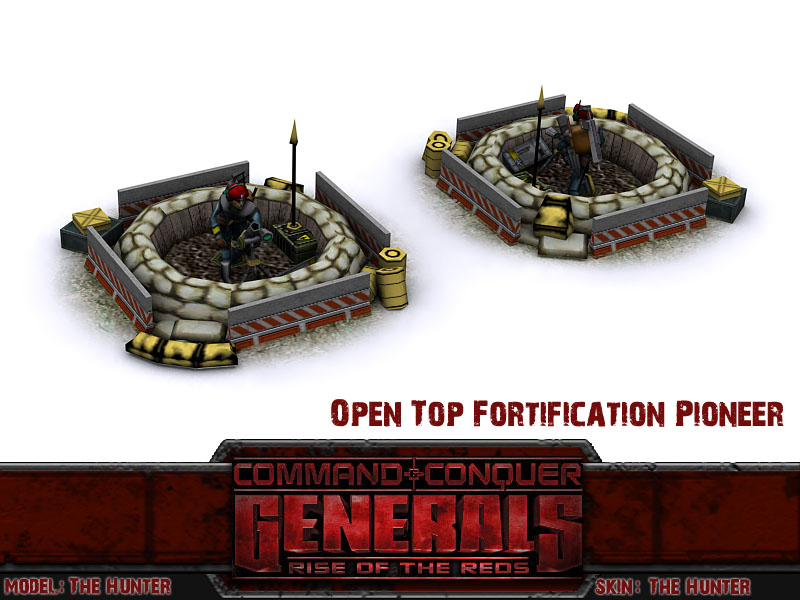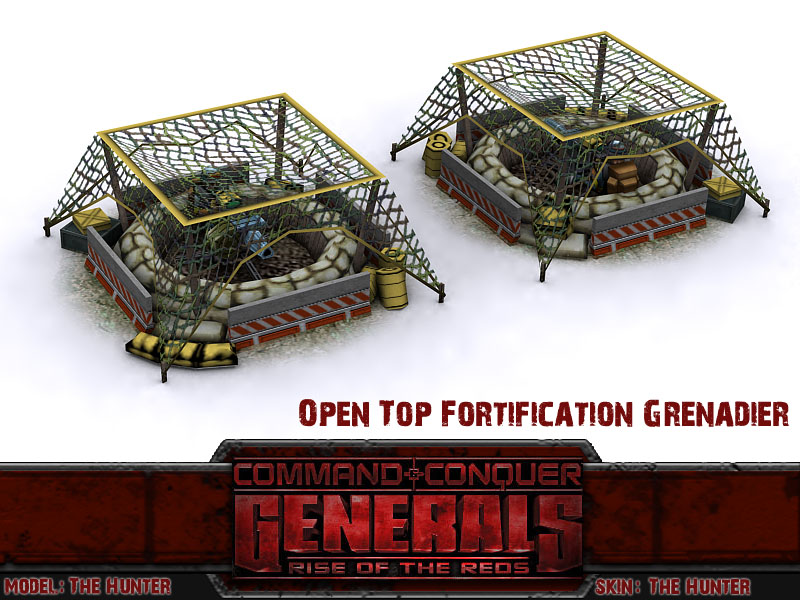Hello everyone!
We hope you've enjoyed the previous week of tech structure updates. However, we understand that many of you might want a bit of a palate cleanser away from the grey and white neutral structures, so, we're here to showcase some important new ECA assets. Some of you may recognise these additions, as both of them have been featured in our previous 1.87 build in a limited form. However, we have never publicly showcased these with official renders before, nor did they have any lore to go along with them. So, we're here now giving these important ECA assets the attention they really deserve. Lets begin!
The crash withdrawal of the US at the end of the War on Terror also marked the end of NATO. The European Continental Alliance, formed a few years later, inherited many of the organisation's procedures and standards, but with the resurgence of nationalism throughout Europe, an excessive favouritism in military procurement became a distinct feature of the 2030s. One area in which this became a major issue during the formative years of the ECA was ammunition calibres, where several national arms manufacturers and governments tried to push their own replacements for the ubiquitous calibres once standardised by NATO.
A prominent Belgian manufacturer designed a new weapon specifically to take advantage of this fracturing. The Martel is a heavy machine gun designed for high heat resistance and with a variety of quick-change barrels accepting a wide range of former NATO, Russian, Chinese and other heavy cartridges. This versatility made it a staple of many European militaries, solving some of the divides and redundancies brought by the petty "calibre war" and also becoming a notable success on the global market thanks to reduced arms export controls.
In its service with the ECA, the Martel is operated by heavy machine gun specialists as a static defence asset and force multiplier, available early on. It is devastatingly effective against infantry and light vehicles, particularly when used from inside an open-top Fortification that offers additional protection to the gunner. Once outfitted with advanced optics, the gunner can opt to fire single precision shots, delivering greater damage at a reduced rate. Commanders who choose to initiate the Venom Protocol will see their Heavy Gunners replace the Martel with its more advanced successor, an infantry-operated autocannon capable of firing a similar variety of 20 to 30mm munitions.


In the tumultuous landscape of the Third World War, often the only protection an ECA infantryman could rely on were the hastily erected fortifications typified by the European doctrine. Yet, while offering some respite from the combat, these fortifications proved inadequate for soldiers wielding the heavy weaponry demanded by the escalating Russian onslaught. Often forced to either abandon their specialised armaments outside, rendering them inoperable, or brave the perilous combat outside, these troops became easy prey for enemy snipers, artillery, and energy-based assaults.
With the effectiveness of heavy weapon units often being the lynchpin of many ECA positions, development efforts swiftly prioritised the creation of a more adaptable fortification solution. By eschewing the roof, incorporating grenade sumps, and reinforcing the perimeter with additional barriers, a versatile defensive position emerged – the 'Open-Top Fortification.'
Distinguished by its lack of a roofing, the Open-Top Fortification became a favourite among Heavy Gunner and Combat Pioneer units for its expansive sightlines and resilience against specialised Russian anti-infantry armaments. Grenadier units especially took a liking to the positions and were reported to often use additional netting protections to stay in their positions for as long as possible, a practice that famously became the ire of Russian troops assaulting the Rhineland Line in 2046 and the ill-fated invasion of England the following year.
However, while these positions proved effective and popular among units equipped with heavy weaponry, traditional infantry armed with standard firearms found themselves paradoxically more vulnerable when utilising the Open-Top Fortifications. Lacking the bulk of heavy weapon teams' equipment, they became susceptible to stray fire, compelling them to maintain their preference for the safer closed-top variant.
That's all we have for today, we hope you enjoyed!
Till next time generals



Love those Open-Tops, they just make heavy infantry more in tuned to defensive playstyles.
Combat Chinook renders and lore next? that has been my most favourite thing added to USA in the latest version, America's own Hind!
They will come out when they are ready :)